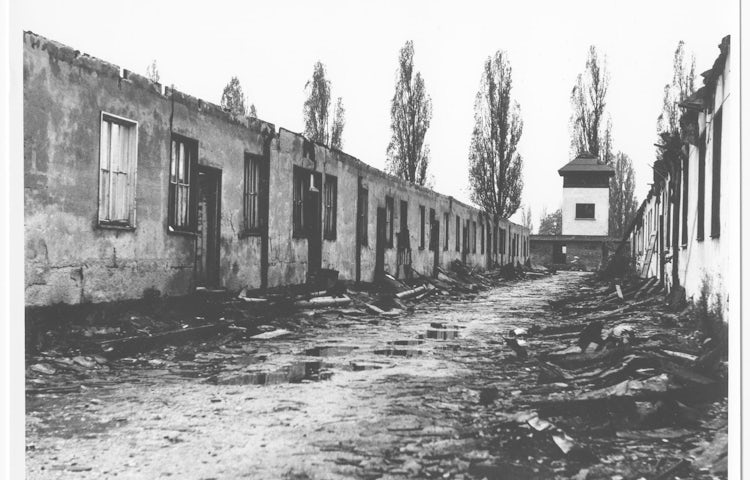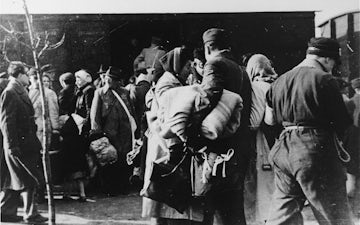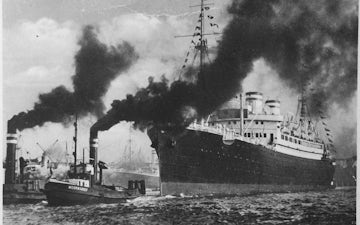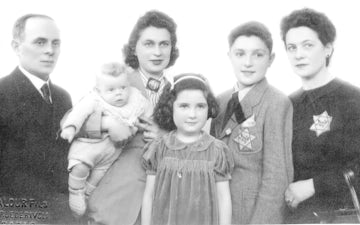
Many former concentration camps are preserved as they were found on liberation as far as that is possible. Other sites are preserved as memorials. Three factors dictated the postwar histories of the concentration camps: the attitudes of local national governments, activism by former inmates and their descendants, and the wartime histories of the sites themselves.
Postwar governments in both East and West Germany preserved sites of concentration camps. In many cases, such as Dachau, the central camps were preserved, while sub-camps were demolished. A similar approach was taken by the Austrian government at Mauthausen. This approach was taken often after a camp served as a Displaced Persons’ camp. At Bergen-Belsen, much of the former camp was destroyed by the British Army to try and contain disease, although the site was a Displaced Persons’ camp until 1950. In 1952, a memorial was unveiled at Bergen-Belsen, and in 1966, an exhibition was opened. Research and educational work did not start until the 1980s. The entire site was redeveloped between 2007 and 2011.
Governments in Western Europe have followed similar courses of action to Germany: transit and labour camps have been preserved in France, Belgium, the Netherlands, and Italy, as well as in other countries. Many of these sites are memorials rather than museums, often due, as in the case of Westerbork in the Netherlands, to activism by survivors and their descendants. In the former communist bloc, efforts at memorialisation were complicated by the conflict between having memorials to the Holocaust and those to atrocities against non-Jewish populations.
In the case of the death camps in former German-occupied Poland, the postwar condition of the sites was the decisive factor. Auschwitz and Majdanek, liberated almost intact by the Red Army, were preserved as museums, established as such in 1947 by an act of the Polish parliament. Since the visit by former US Ambassador Ronald S. Lauder to Auschwitz in 1987, Auschwitz-Birkenau has been conserved and maintained, largely through the support of the Ronald S. Lauder Foundation..
The Operation Reinhard camps were dismantled by the Nazis after killing operations ended and, in the cases of Treblinka and Sobibor, after prisoner uprisings. The sites were ploughed over and planted with trees, and Polish farmers installed in cottages. The Polish government erected a memorial at Treblinka in 1958: 17,000 stones commemorate communities destroyed in the camp, along with a stone dedicated to Janusz Korczak, the Polish-Jewish educator murdered along with the children from his orphanage in 1942. Small memorials were established at Belzec and Sobibor in the 1960s. Belzec received a new, much larger, memorial and visitor centre in 2004: Sobibor is in the process of being expanded. Chelmno did not receive a memorial until 1990, after the fall of communism.




